This timeline provides a sociohistorical context for Bunny Yeager's 1955 Photograph of Bettie Page.
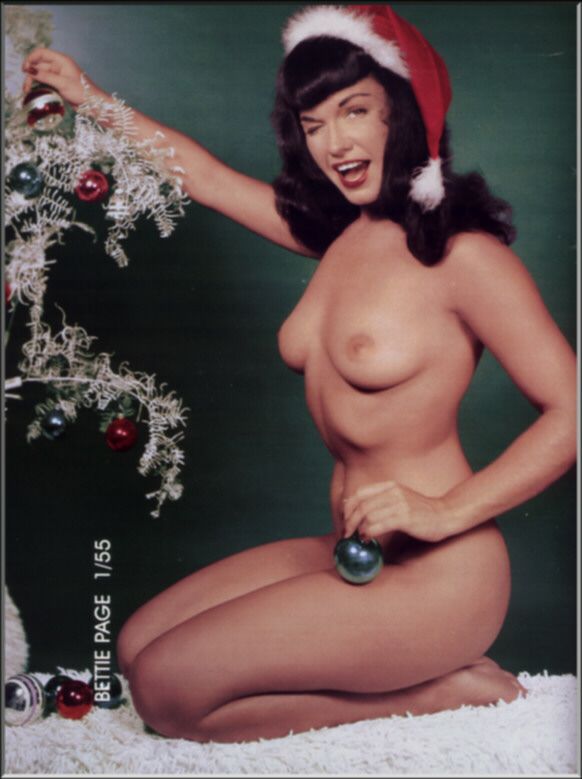
SEX SELLS . . . SO, WHAT EXACTLY, ARE WE BUYING? -- SEXUALITY AND MODERN VISUAL CULTURE -- ENGL/WMNST 225N, SECTIONS 001 // SPRING 2024
COURSE DESCRIPTION Our world bombards us with images, and we contribute to that barrage each time we post a picture. This class will engage you in vital discussions about those images as well as those that came before us and continue to shape what we see and create today. At its core, this class will be driven by our discussion of visual presentations that use “sex” to “sell” us a story; that story might be about what family is or should be, about what political activism looks like, about how a society thinks about love, beauty, hate, even its future hopes or its present fears. To spur those discussions, we’ll offer you a rich, diverse historical background in visual representations that reflect how Western society, from the mid-19th-century to today, has viewed itself through the lens of sexuality, which always intersects with race, gender, gender identity, and class. For example, the terms “feminist” and “homosexual” were invented by the Victorians and reflect profound shifts in conceptions of identity. Another 19th-century invention was the idea of the literary and artistic “avant-garde” as a minority contingent with politically and/or aesthetically advanced views. These ideas of minority culture were deeply enmeshed with one another and still have effects on our world today. Discussions of these ideas then, hopefully, can help us all navigate the flood of images that today’s media presents as well as the self-images we cast into the world.
Because of this course’s interdisciplinary exploration of the relationship of art to the history of modern ideas of sexuality and gender—a study that engages us with complex social and ethical issues relevant to our current lives—it offers you the opportunity to heighten your critical, analytical, and integrative thinking skills in a space where all issues will be considered in thoughtful, mutually respectful ways. The assignments for the class will exercise those skills, asking you to communicate effectively, not only through writing, but also through speaking and incorporating visual materials into projects effectively.
Bosco, Sabrina. “Where The Flowers Bloom”. Comfortable Fields. 2018. https://comfortablefields.bigcartel.com/product/where-the-flowers-bloom-print Accessed 11 April 2023.--FACE OF THE COURSE 2023
This timeline provides a sociohistorical context for Bunny Yeager's 1955 Photograph of Bettie Page.

This timeline provides a sociohistorical context for Evelyn Axell's 1964 collage Marie-Claire.

Axell, Evelyne. Marie-Claire. 1964. ADAGP, Paris.https://awarewomenartists.com/en/artiste/evelyne-axell/. Accessed April 1, 2024.
This timeline provides a sociohistorical context for Alberto Vargas, 1942, Jeanne (Victory for a Soldier).

MLA: Vargas, Alberto. Jeanne (Victory for a Soldier). 1942.
https://www.wikiart.org/en/alberto-vargas/jeanne-victory-for-a-soldier-
1942. Accessed 1 April 2024
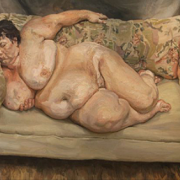
Freud, Lucian. “Benefits Supervisor Sleeping.” Wikipedia, 1995, https://en.wikipedia.org/wiki/Benefits_Supervisor_Sleeping#/media/File:B.... Accessed 3 April 2024.
This timeline provides a sociohistorical context for Lucian Freud1995 Benefits Supervisor Sleeping.
This timeline provides a sociohistorical context for George Platt Lynes' 1942 Second Image of Group of 3 Photographs of Yul Brynner.
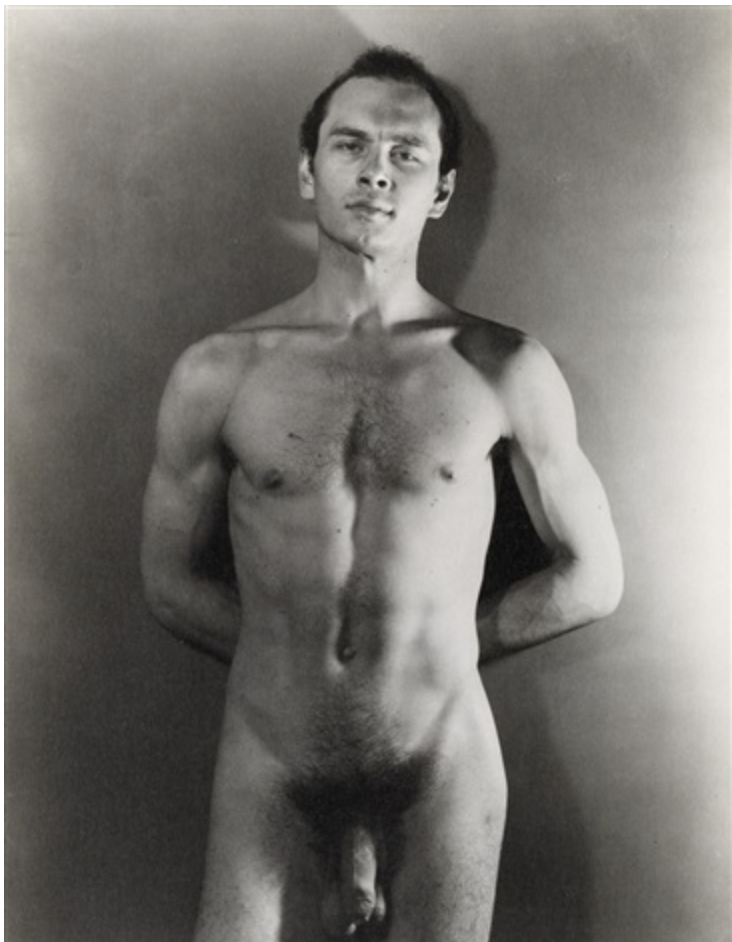
Platt Lynes, George. Second image of Group of 3 Photographs of Yul Brynner. 1942. https://www.artnet.com/artists/george-platt-lynes/group-of-3-photographs.... Accessed Feb 18, 2022.
This timeline provides a sociohistorical context for Joe Sheres 1957 Photograph of Sophia Loren and Jayne Mansfield.
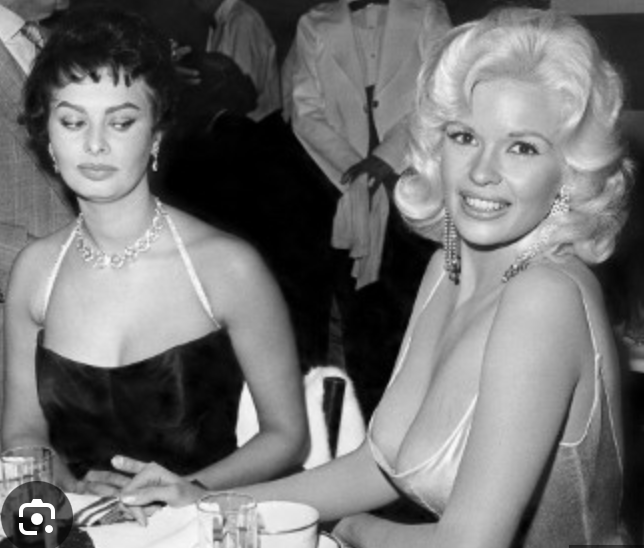
This timeline provides a sociohistorical context for Judy Dater's 1974 Twinka at Yosemite


This timeline provides a sociohistorical context for Bert Stern's 1983 'The Crucifix'

This timeline provides a sociohistorical context for Judy Dater's ~1975 Female figure with a torpedo.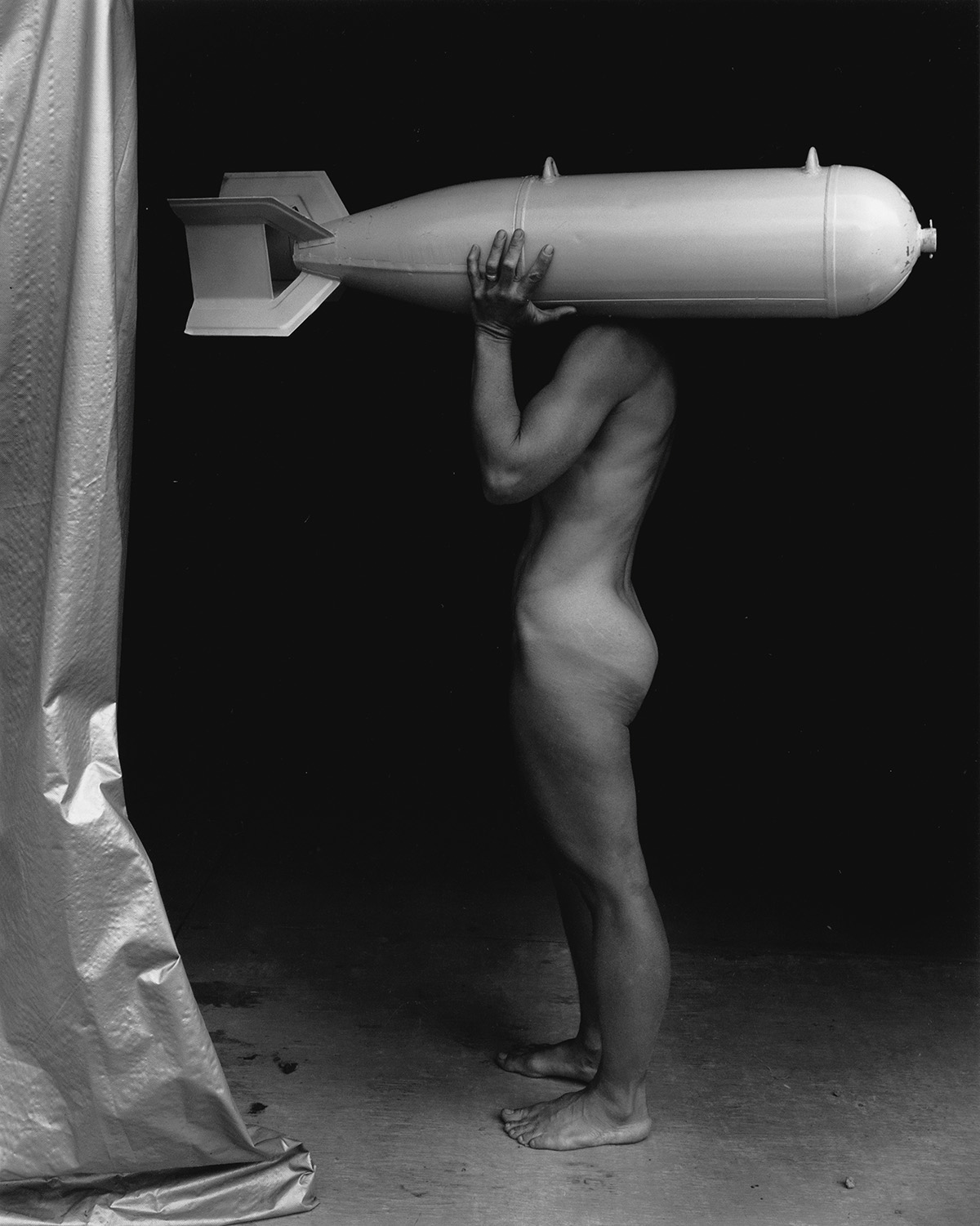
This timeline provides sociohistorical context behind Alice Neel’s 1972 John Perreault. This piece depicts a naked John Perreault, art critic, poet, artist, delicately gazing at the painter and/or audience....
more